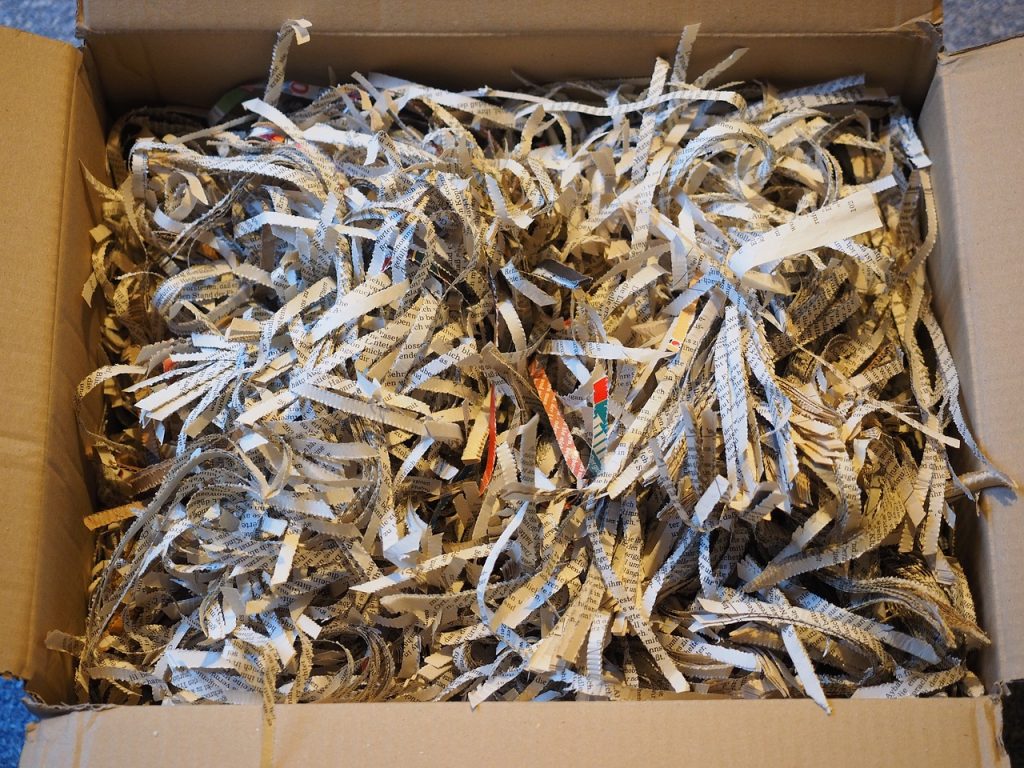- Check your local recycling collection schedule for paper bags.
- Prepare your paper bags by removing any non-paper items, like handles.
- Ensure the paper bags are free from food or oil stains.
- Place the prepared paper bags in the appropriate recycling bin.
- Consider reusing paper bags for crafts, book covers, or compost bin liners.
- Participate in city council meetings to stay informed about recycling services.
- Repurpose paper bags creatively, turning them into DIY projects or compost.
Mastering the Art of Paper Bag Recycling
Discovering how to successfully recycle paper bags isn’t just smart–it’s an essential step towards environmental sustainability. When you master this art, you’re not just recycling–you’re contributing to reducing waste in landfills. With cumulative efforts, our recycling practices can greatly decrease deforestation caused by the production of new paper bags, favoring a widespread use of recycled ones instead.
How do you recycle paper bags though? It’s simpler than you think. Start by checking your local recycling collection schedule. Typical curbside recycling programs accept paper bags. However, not all cities have this in place. Ensure you keep abreast of your local rules regarding paper recycling–it’s key to do it right. Remember to recycle, recycle, and recycle! It’s a continuous process demanding your consistent sustainability efforts.
It’s also crucial to prepare your paper bags properly for recycling. Remove any non-paper items, like handles, before tossing them into the recycle bin. Those handles could interfere with the recycling process, so making sure you’ve removed them help in ensuring a smooth recycling operation.
Recycling isn’t your only option though. There’s still reuse. You’d be surprised how many uses a recycled paper bag can have around the house. Think of them as craft materials, book covers, or even compost bin liners. And in passing these bags onto others, you’re reducing the demand for new paper bags, indirectly saving trees.
The art of recycling, especially of paper bags, isn’t complex. It mostly requires the will to recycle and a proper understanding of the rules. With the right information at your disposal, you can start to recycle, help the environment, and lead a more sustainable lifestyle. Remember, every bag you recycle counts. Reuse and recycle. Recycle, recycle, recycle!
Delving into the Composition of Paper Bags: The Recycling Potential of Brown Bags
Recycling isn’t as simple as tossing items into a bin – it’s a process that begins with understanding the materials we’re trying to recycle. Let’s step into the world of paper, specifically brown paper bags, to truly understand their recycling potential. Paper bags, particularly brown ones, have been central to the discussion about sustainable packaging due to their recyclable nature. But what’s inside these paper bags that make them so recyclable?
Paper bags consist primarily of paper, an organic material derived from trees that is both biodegradable and recyclable. Brown paper bags, in particular, get their color from unbleached paper, giving them a natural vibe. They’re typically made from kraft paper, a high-strength paper known for its durability and eco-friendly properties like recyclability and compostability. This unbleached paper is naturally brown, enhancing the eco-image of these bags over bleached white paper alternatives, which is an additional win for the environment.
The recycling potential of brown paper bags is significant since paper is one of the most widely recycled materials worldwide. As long as the paper isn’t tainted with food or oil stains, it can be recycled up to seven times before the fibers become too short for paper production. Even so, it can be composted, providing a rich soil amendment for plants.
Furthermore, paper bag recycling aligns with circular economy principles, where materials are kept in use for as long as possible, thereby reducing waste and the need for new resources. Paper bag recycling apps are even available, allowing people to easily locate recycling facilities for their brown paper bags.
Overall, the key to mastering the recycling of paper bags lies in understanding their composition and potential for recycling. It’s a green practice worth adopting, both for the environment and for our future.
Paper Bags: Are They Truly Recyclable? Comparing with Plastic Counterparts
So, you’re likely asking yourself, “Paper bags: are they truly recyclable? Let’s paint a picture comparing them with their plastic counterparts.” First off, yes, paper bags are truly recyclable, unlike plastic bags which can often handle only one or two rounds of disposal before their plastic composition fails to hold up.
Paper bags are made primarily from trees – a renewable resource. After they’ve been used, these bags can go back into the recycling cycle and be useful again as, wait for it, more paper bags! They’re often brown in color due to their unbleached, eco-friendly making process and this compost-like appearance speaks volumes about their recycling potential. It’s no art; it’s science and very simple to master if you’re keen on reducing waste.
On the other hand, plastic bags are not truly recyclable in the absolute sense. Sure, you can reuse a plastic bag, but its disposal is harmful to the environment as it takes hundreds of years to decompose. Plastic is a more durable material but unfortunately, it’s a non-renewable resource. Creating a plastic bag comes at a high environmental cost considering the raw materials exploited and the release of harmful chemicals during production.
Undeniably, the verdict swings in favor of paper bags which are entirely biodegradable and simplistic in their recycling process. Plus, the raw material—paper—has a much shorter lifespan, hence, it degrades faster upon disposal. The seemingly modest brown paper bag runs laps around its plastic equivalent when it comes to sustainability and eco-friendly disposal. Here’s the takeaway – choosing paper over plastic isn’t just a trend, it’s a favor to our environment.
From Reuse to Recycling: Navigating Collection Services for Paper Bags
Recycling isn’t as hard as it may seem, especially when a city has organized services for materials such as recycled paper bags. Every city provides a unique collection schedule for various materials, and understanding the process can present opportunities to recycle paper bags effectively. But how does one reuse, recycle, and organize their services items all while navigating city commitments? It’s simpler than you think.
Lets kick things off by discussing reuse. A deceptively easy practice that can significantly reduce the amount of new resources needed. Reusing materials, especially recycled paper bags, can become a part of your daily routine with little effort. Just take a paper bag to the store with you for carrying goods, or use it to compartmentalize materials like office supplies or children’s toys. Reusing can also become a fun DIY project. Clean, remove any non-paper elements like handles or lamination, and voila! You’ve got a raw material for crafting.
Next on the agenda is navigating the city’s collection schedule. Many city’s have regular council meetings where recycling services and regular city services are discussed. At these meetings, city councils often release an updated collection schedule. Following this schedule can help you recycle more effectively by ensuring your materials are ready for collection on the right day.
Finally, let’s talk about the recycling process. The journey of recycled paper bags, like many other materials, begin at the curb and ends in a new product. Here, the city service steps in by collecting and separating the material. Once the material is collected and clean, it’s processed into new products. With regular recycling, your used paper bag could end up as an entirely new product, completing the reuse and recycle loop.
Unlocking Potential: Creative Ways to Repurpose Recycled Paper Bags
Recycled paper bags are packed with potential. The key to unlocking this lies in not just viewing these bags as waste or mere products. Rather, see them as raw materials ready for a creative, environmental-friendly transformation that’s steeped in benefits. Whether you’re a craftsman, artist, or an eco-conscious individual, there’s an array of ways to repurpose these bags in an imaginative fashion.
Paper bags come in different forms – brown bags, gift bags, shopping bags – each with its unique repurposing potential. For instance, brown bags have a rustic charm and make fantastic materials for homemade book covers, scrapbooking, or DIY decor projects. In contrast, brightly colored gift bags could be transformed into attractive cut-out designs for greeting cards or bookmarks. Even your typical grocery bags could be put to a myriad of uses. Tear them into strips and they make exceptional compost for your plants; combine these strips with old newspapers, and you’ve got yourself a nifty paper-mâché paste without having to buy additional materials or creating extra waste.
Unlocking the worth of recycled paper bags isn’t all creative enjoyment. On a larger scale, it can significantly help reduce waste output. By repurposing bags, not only do we save raw materials needed for new products, but we also limit the volume of waste hitting our landfills. Plus, given the circular momentum that the idea of recycling and reusing fosters, it sparks more eco-friendly behaviors and habits. So, let’s do our part, unlock the potential of those bags and take them from being seen as waste to become products that are both beautiful and useful.




